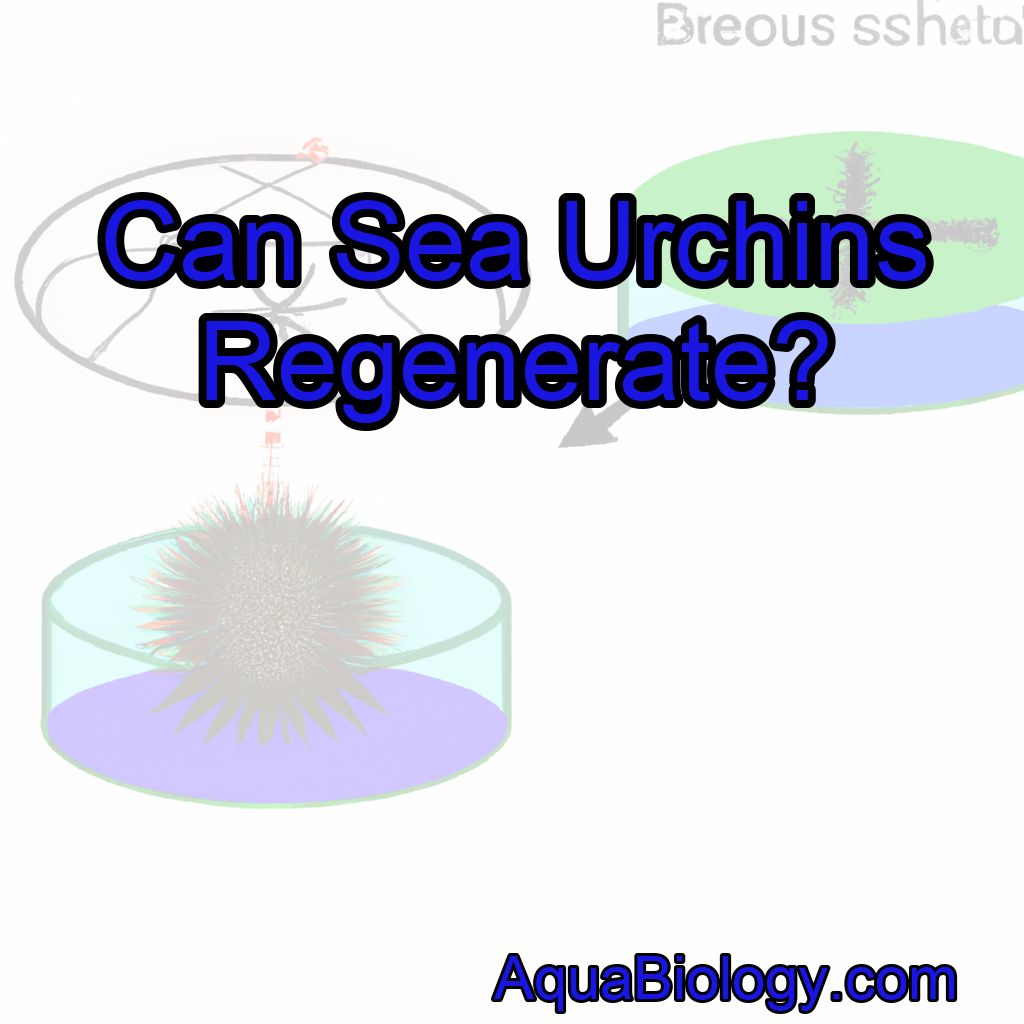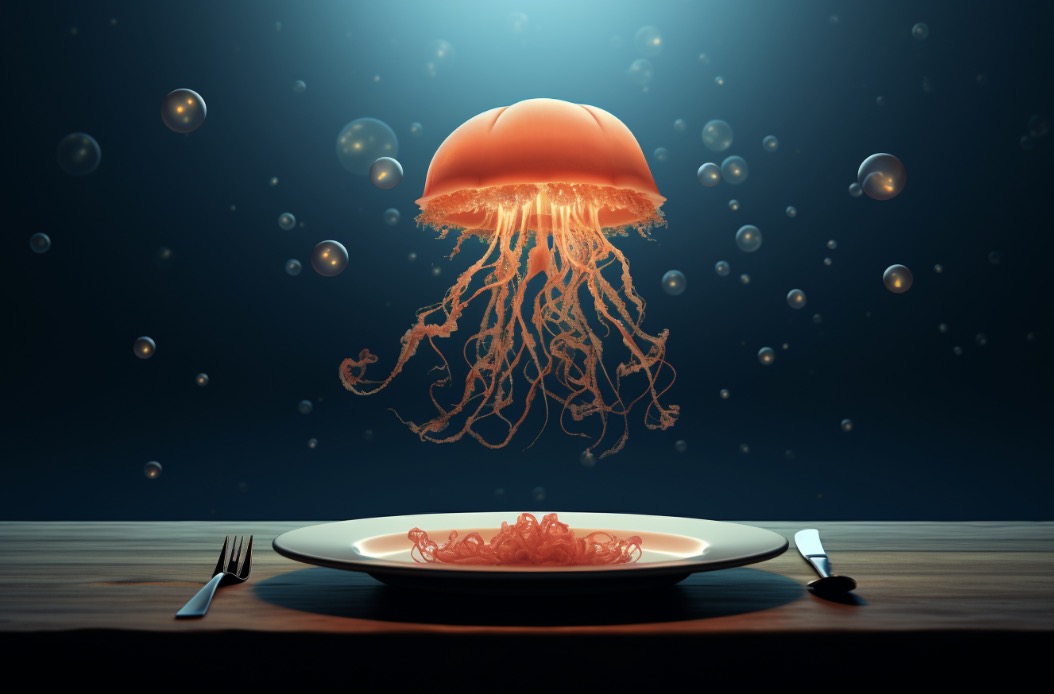As a marine biologist, I have always been fascinated by the wonders of the ocean.
One creature that has particularly captured my attention is the sea urchin.
These spiky creatures, also known as echinoids, are found in various marine habitats around the world.
They come in a wide range of sizes, shapes, and colors, making them a truly mesmerizing sight.
One of the most remarkable abilities of sea urchins is their power of regeneration.
Just like starfish, sea urchins have the incredible ability to regrow lost or damaged body parts.
This ability has always intrigued me, and I have spent countless hours studying and observing sea urchins in their natural habitats to understand this phenomenon better.
The Regeneration Process
Sea urchins have a unique regenerative process that allows them to repair and replace damaged or lost body parts.
When a sea urchin loses a limb or a part of its body, it begins the process of regeneration by forming a specialized structure called a blastema.
The blastema consists of a mass of undifferentiated cells that have the potential to develop into any type of tissue.
Once the blastema is formed, it starts to differentiate into the specific tissues required to replace the lost or damaged body part. This process involves the activation of various genes and signaling pathways that control cell proliferation, differentiation, and morphogenesis.
Over time, the blastema develops into a fully functional and integrated body part, allowing the sea urchin to regain its full functionality.
Factors Affecting Regeneration
While the regenerative abilities of sea urchins are truly remarkable, several factors can influence the success and speed of the regeneration process.
One of the most crucial factors is the age of the sea urchin.
Younger sea urchins tend to regenerate more efficiently than older ones.
Additionally, the size and severity of the injury can also impact the regeneration process.
Environmental factors such as temperature and water quality can also play a role in the regeneration process.
Sea urchins thrive in specific environmental conditions, and any changes in these conditions can affect their ability to regenerate.
For example, high water temperatures can hinder the regeneration process by affecting cellular metabolism and slowing down the growth of new tissues.
Applications in Scientific Research
The regenerative abilities of sea urchins have attracted the attention of scientists and researchers worldwide.
Studying the regeneration process in sea urchins can provide valuable insights into the field of regenerative medicine.

By understanding the molecular and cellular mechanisms involved in the regeneration process, scientists hope to apply this knowledge to develop new therapies for human tissue repair and regeneration.
Furthermore, sea urchins serve as excellent model organisms for studying the regenerative process due to their relatively simple body plan and rapid regeneration rates. Researchers can manipulate various factors such as gene expression, signaling pathways, and environmental conditions to gain a better understanding of the underlying mechanisms that drive regeneration.
Conservation Implications
The ability of sea urchins to regenerate has significant implications for their conservation.
The impact of human activities such as overfishing, habitat destruction, and pollution can have detrimental effects on sea urchin populations.
If their habitats are destroyed or polluted, sea urchins may not have the necessary resources to regenerate effectively, leading to a decline in their numbers.
Understanding the regenerative abilities of sea urchins can help us develop better conservation strategies to protect these incredible creatures.
By conserving their habitats and minimizing human-induced disturbances, we can ensure that sea urchins have the best chance of thriving and regenerating in their natural environments.
Conclusion
In conclusion, sea urchins have the remarkable ability to regenerate lost or damaged body parts. Their regenerative process involves the formation of a blastema, which differentiates into the specific tissues required for the regeneration of the body part.
Factors such as age, size of injury, and environmental conditions can influence the success of the regeneration process.
Studying the regeneration process in sea urchins has significant implications for scientific research and regenerative medicine.
Sea urchins serve as valuable model organisms for understanding the molecular and cellular mechanisms involved in tissue repair and regeneration.
Furthermore, their regenerative abilities have important implications for their conservation, highlighting the need to protect their habitats and minimize human-induced disturbances.
In summary, here are 5 key facts about sea urchin regeneration:
1. Sea urchins can regrow lost or damaged body parts through a specialized regenerative process.
2. The regeneration process involves the formation of a blastema, which differentiates into specific tissues.
3. Factors such as age, injury severity, and environmental conditions can influence the success of regeneration.
4. Sea urchins are valuable model organisms for studying tissue repair and regeneration in scientific research.
5. Understanding sea urchin regeneration has important implications for their conservation and habitat protection.




